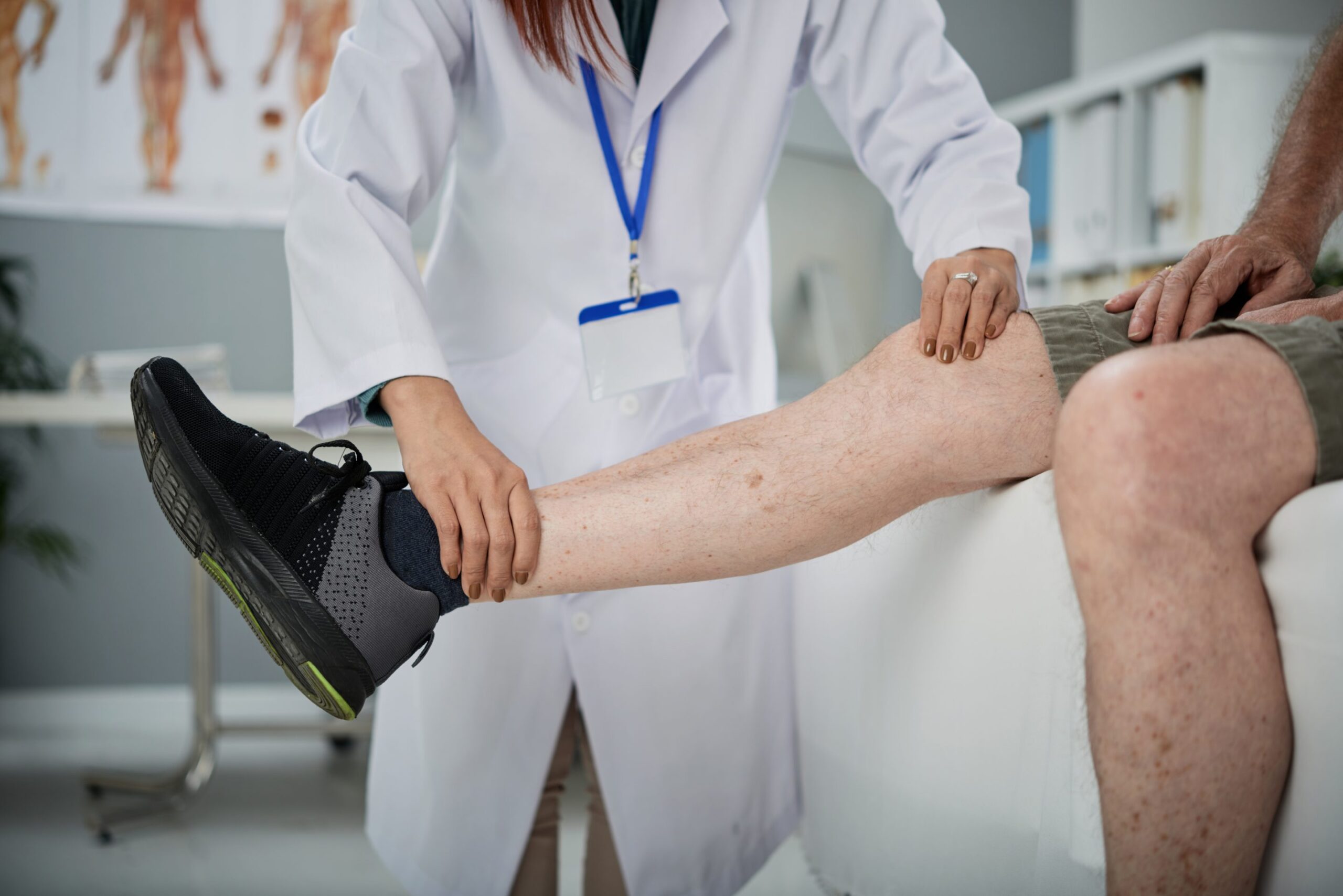Peripheral artery disease (PAD) is a condition that affects the blood vessels outside the heart and brain. Also known as peripheral arterial disease or peripheral vascular disease, the condition causes narrowing of the blood vessels that restrict the flow of blood to the kidneys, stomach and most commonly to the arms and legs. Proper documentation is necessary to justify medical necessity and selection of codes for billing. Relying on a reliable cardiology medical billing company can help in accurate and timely claim submission for appropriate reimbursement.
PAD is caused by a buildup of fatty, cholesterol-containing deposits (plaques) on artery walls. This process, which is called atherosclerosis, reduces blood flow through the arteries. Other causes include – injury to the limbs, and unusual anatomy of the muscles and ligaments. Smoking, obesity, high blood pressure, diabetes, high cholesterol, blood vessel inflammation, family history of heart disease, excess levels of C-reactive protein or homocysteine and radiation exposure increase the risk of the condition.
According to reports, around half of all people with PAD do not know they have the condition. This is because many people with PAD experience mild or in certain cases, no symptoms. Muscle pain or cramping in the legs or arms that starts during exercise and ends with rest could be indicative of PAD. The pain can range from mild to severe and is most commonly felt in the calf. Leg pain may make it difficult to walk, perform other types of physical activity, and even sleep. Other symptoms of PAD include –
- Leg numbness or weakness
- Sores on the toes, feet or legs that won’t heal
- Slower growth of the toenails
- Skin color changes on the legs
- Painful cramping in one or both of the hips, thighs or calf muscles after certain activities,
- No pulse or a weak pulse in the legs or feet
- Hair loss or slower hair growth on the legs
- Erectile dysfunction
If left untreated, PAD can lead to serious problems. Timely detection and treatment can improve quality of life and reduce the risk of heart attack, stroke, and gangrene and limb amputation.
ICD-10 Codes for Peripheral Artery Disease (PAD)
- I70.0 Atherosclerosis of aorta
- I70.1 Atherosclerosis of renal artery
- I70.2 Atherosclerosis of native arteries of the extremities
- I70.20 Unspecified atherosclerosis of native arteries of extremities
- I70.21 Atherosclerosis of native arteries of extremities with intermittent claudication
- I70.23 Atherosclerosis of native arteries of right leg with ulceration
- I70.24 Atherosclerosis of native arteries of left leg with ulceration
- I70.26 Atherosclerosis of native arteries of extremities with gangrene
- I70.29 Other atherosclerosis of native arteries of extremities
- I73 Other peripheral vascular diseases
- I73.0 Raynaud’s syndrome
- I73.00 …… without gangrene
- I73.01 …… with gangrene
- I73.1 Thromboangiitis obliterans [Buerger’s disease]
- I73.8 Other specified peripheral vascular diseases
- I73.81 Erythromelalgia
- I73.89 Other specified peripheral vascular diseases
- I73.9 Peripheral vascular disease, unspecified
How is PAD Diagnosed and Treated?
Diagnosis of PAD begins with a physical examination, evaluation of symptoms and detailed review of medical history. Several tests like – Ankle-brachial index (ABI), Ultrasound of the legs or feet, Angiography, Computed tomographic angiography (CT), Magnetic Resonance Angiography (MRA) will be performed. In addition, blood tests will also be performed to check for conditions related to PAD like high cholesterol, high triglycerides and diabetes.
Treatment modalities for peripheral artery disease include a combination of medications and lifestyle changes. Incorporating lifestyle changes like – eating a healthy diet, regular physical exercise, and quitting smoking can help improve the severity of symptoms, particularly in the early course of peripheral artery disease. Medications for PAD can include antihypertensive drugs and statins to lower cholesterol levels. Cilostazol and pentoxifylline may also be recommended for patients with intermittent claudication. Surgical procedures used to treat severe cases of PAD include bypass grafting, cryoplasty, and percutaneous or laser atherectomy.
As peripheral artery disease (PAD) increases the risk of heart attack and stroke, it is extremely important to diagnose or identify the risk factors associated with the condition at an early stage. The outlook of the PAD can be greatly improved or managed by making healthy lifestyle changes and medications.
Being well-informed about the specific ICD-10 codes to report the peripheral artery disease (PAD) is important for healthcare providers. A reliable provider of medical billing services can help physicians ensure accurate claim submission for optimal reimbursement.




